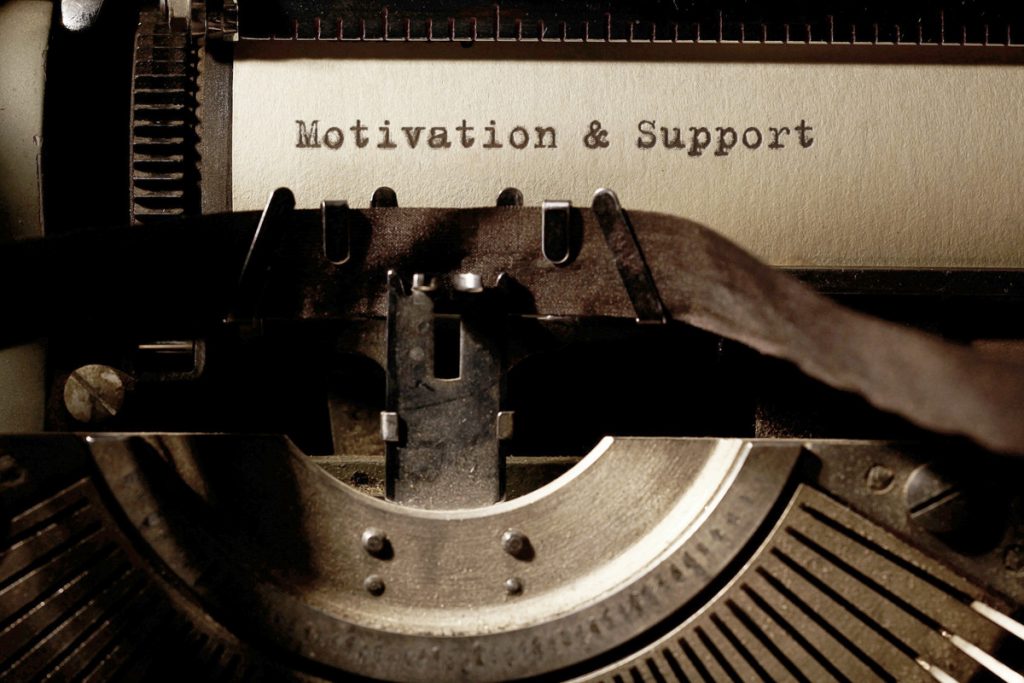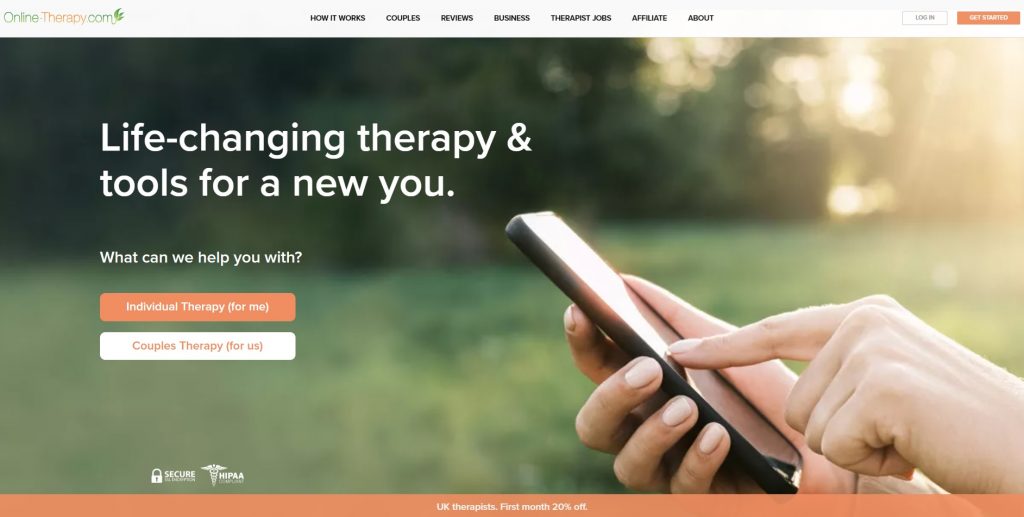
Image Credit: PhotoFunia.com Category Vintage Typewriter.
The Resilience of Disabled Entrepreneurs: Navigating Knee Surgery and Business
Entrepreneurship, challenges often arise unexpectedly, testing the resilience and adaptability of business owners. For entrepreneurs with disabilities, these hurdles can present unique complexities, especially when health issues demand attention. Imagine a scenario where a disabled entrepreneur faces the prospect of surgery, a situation that could potentially disrupt their business operations.
The Entrepreneurial Spirit Knows No Bounds
Meet Alex, a wheelchair user and the founder of a thriving e-commerce venture. Despite facing physical challenges, Alex has built a successful business through determination, innovation, and relentless effort. However, like anyone else, health issues can arise unexpectedly, requiring attention and potentially impacting daily operations.
Recently, Alex received news that knee surgery is necessary to address a long-standing issue. While the prospect of surgery looms, Alex hesitates to step away from the business, knowing the implications of being incapacitated, even temporarily. For Alex, entrepreneurship isn’t just a career; it’s a passion and a way of life. The thought of being sidelined from the business, even for a short period, is daunting.
The Business Impact of Incapacitation
In any entrepreneurial endeavor, the absence of a key decision-maker can disrupt the flow of operations and hinder business continuity. In the case of a disabled entrepreneur like Alex, whose business relies heavily on their leadership and involvement, the impact can be particularly significant.
Without Alex’s guidance and oversight, crucial decisions may be delayed, leading to missed opportunities or suboptimal outcomes. Clients and customers accustomed to Alex’s personalized approach may experience a disconnect in service, potentially tarnishing the business’s reputation. Moreover, if the entrepreneur is expected to be on call 24/7, as is often the case in competitive industries, the absence could further strain the business’s responsiveness and ability to meet client needs.
Navigating the Road to Recovery
Knee surgery, in Alex’s case, presents not only physical challenges but also logistical hurdles. Immobility resulting from the surgery requires extensive support systems for daily tasks, both personal and professional. Without someone to assist, tasks as simple as navigating the workspace or attending client meetings become daunting obstacles.
Moreover, the implications of not having someone available to provide care extend beyond the immediate recovery period. For a disabled entrepreneur, the prospect of managing daily activities independently while recuperating from surgery adds a layer of complexity and stress.
Preparing for Knee Surgery: Ensuring Business Continuity and Smooth Recovery
Knee surgery, depending on the type and complexity, can incapacitate an individual for a significant period. Typically, recovery from knee surgery can range from several weeks to several months. For instance, a common procedure like arthroscopic knee surgery might require about 6-8 weeks for recovery, whereas more extensive surgeries such as knee replacement might necessitate 3-6 months or longer before full mobility is regained. The initial period of immobilization and limited mobility often includes pain, swelling, and the necessity for physical therapy to regain strength and flexibility.
Preparing for Knee Surgery: Key Steps
- Arrange for Assistance: Ensure that you have someone available to help with daily tasks, especially during the first few weeks post-surgery. This includes help with mobility, household chores, and personal care.
- Organize Your Living Space: Set up a comfortable recovery area with easy access to essential items. This might include a bed on the ground floor if stairs are a challenge, and items like medications, water, and remote controls within reach.
- Plan Your Work Schedule: Inform your clients and colleagues about your surgery and expected recovery time. Delegate responsibilities where possible and set up automated responses to manage communications.
- Leverage Technology: Utilize tools such as live chatbots and virtual assistants to handle routine business inquiries and tasks. Remote work tools can help you stay involved in business operations to some extent.
- Prepare for Physical Therapy: Physical therapy is crucial for recovery. Schedule your sessions in advance and understand the exercises you will need to perform at home.
- Stock Up on Supplies: Ensure you have necessary medical supplies, such as pain medications, bandages, and ice packs, readily available. Also, stock up on groceries and other essentials to minimize the need for outings.
- Financial Planning: Ensure you have sufficient funds to cover medical expenses and any potential loss of income during your recovery period. Emergency savings can help alleviate financial stress.
By taking these steps, you can help ensure a smoother recovery process and minimize the impact of your incapacitation on both your personal life and your business.
Businesses That May Need You on Call 24/7 or Available 7 Days a Week
- IT Support and Managed Services
- Example: Addressing urgent system failures, cybersecurity threats, and network issues.
- Healthcare Services
- Example: Managing emergency medical calls, patient care, and critical health consultations.
- Property Management
- Example: Handling tenant emergencies, maintenance issues, and security concerns.
- E-commerce and Retail
- Example: Resolving issues with online transactions, inventory management, and customer queries.
- Event Planning and Coordination
- Example: Managing last-minute changes, vendor coordination, and client inquiries.
- Logistics and Delivery Services
- Example: Ensuring timely deliveries, managing logistics issues, and customer support.
- Website Design and Development
- Example: Addressing website downtimes, performing urgent updates, and managing online inventory.
**Website designers, cannot be incapacitated and must be available around the clock to ensure their clients’ websites remain functional and up-to-date. If a client’s website goes down or requires urgent updates to inventory, a designer’s immediate attention can be crucial to maintaining business operations and customer satisfaction. Moreover, if you are responsible for marketing, advertising, and e-commerce inventory you cannot have time off work unless you outsource or employ someone to take your place.
The Importance of Support and Preparedness. While financial resources can help alleviate some of the immediate concerns associated with incapacitation, they cannot fully mitigate the impact on business operations and personal well-being. For disabled entrepreneurs like Alex, proactive measures and support systems are essential for navigating such challenges effectively.
Establishing contingency plans, delegating responsibilities, and leveraging technology to facilitate remote work are strategies that can help maintain business continuity during periods of incapacitation. Additionally, building a strong support network of colleagues, mentors, and trusted advisors can provide invaluable assistance and guidance during challenging times.
Conclusion
While the prospect of surgery and incapacitation may pose significant challenges, proactive planning, support systems, and a resilient mindset can help navigate these hurdles successfully.
Some individuals may downplay illnesses and disabilities, undermining and belittling those affected. They might assume that choosing to stay home or isolate is a sign of laziness or lack of success, rather than understanding the legitimate health or personal reasons behind these choices. Such attitudes can be profoundly demoralizing, especially when these individuals fail to motivate, encourage, or empower, leaving those they criticize feeling depressed and unsupported.
When faced with the prospect of surgery, these same critics might dismiss the importance of the individual’s business, questioning their financial stability and implying that their lack of success renders the need for recovery inconsequential. This lack of empathy and understanding exacerbates the emotional and psychological burden, making the already challenging process of dealing with health issues even more difficult. Assuming that a disabled entrepreneur is not financially stable perpetuates harmful stereotypes and underestimates their capabilities and achievements. This bias not only disregards the individual’s entrepreneurial success and resourcefulness but also reflects a broader societal misconception that equates disability with financial dependency. Such assumptions can undermine the confidence and legitimacy of disabled entrepreneurs, ignoring the diverse ways in which they innovate, manage businesses, and contribute significantly to the economy. It is essential to recognize and respect the financial acumen and resilience of disabled entrepreneurs, celebrating their achievements without prejudice.
As society continues to recognize and embrace the diverse talents and contributions of individuals with disabilities, it is essential to foster an environment that enables entrepreneurship to thrive, regardless of physical limitations. By championing inclusivity, accessibility, and support, we can empower disabled entrepreneurs to overcome obstacles, pursue their passions, and make meaningful contributions to the business world.
Further Reading:
- https://disabledentrepreneur.uk/a-guide-to-running-your-business-when-youre-unwell
- https://disabledentrepreneur.uk/lacking-support-and-encouragement/
- https://disabledentrepreneur.uk/navigating-toxic-family-dynamics/




























